|

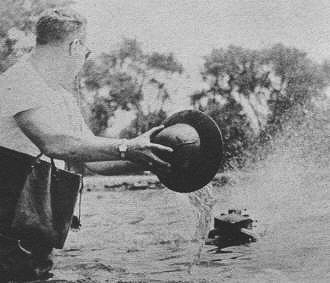
Max Biederman slows 'er down with hatful of water. Home-made
CL B 30cc engine was running hot. Max, a factory production line planner, holds
Cl. A record of 78.26; Cl. C at 85.71. Hez NYC Model Power Boat Club Commodore.

Modified McCoy .60 powers Pete Yanczer's 85.71 mph record D.
He's from St. Louis.
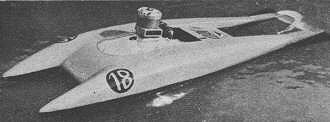
Catamaran type is "Vano" by France's M. Devauze. Hornet powered
craft has done 65 mph.
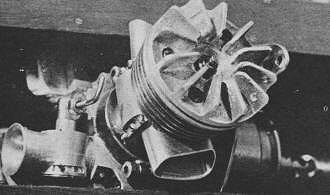
Korean vet (Signal Corps) Jack Scholl of NYC turned out original
engine. Four ports (double exhaust, double transfer) allow use of flat-top piston
which can be turned from solid stock. Note throttle.
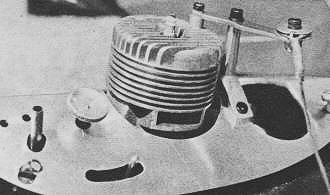
Another original; this by Henry Parohl, watchmaker, is 30cc -
3 times size of plane's .60! Knob is needle valve, arm in slot is throttle adjust,
1/16" stranded steel line attached to bridle support.

Manderville boat; home-built ball-bearing strut, universal. Metal
block balances, lowers boat. Rear swivel for bridle.
|
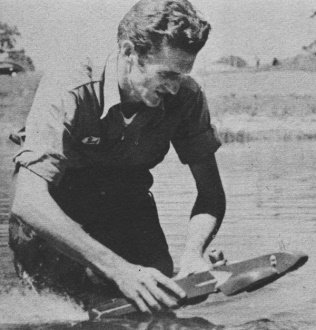
Detroit's Bob Chaffee with 60 mph Class F (5cc, .29 cu. in.).
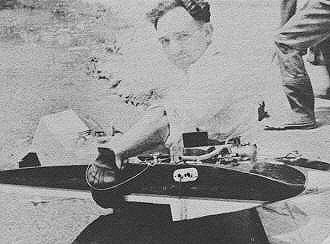
Holder of CL A steam record (68.18 boiling miles per hour!) is
Mike Succarde, Detroit. Double gasoline blowtorch generates 500-lbs pressure in
steel tubing boiler; 2-cylinder engine has water cooled head.
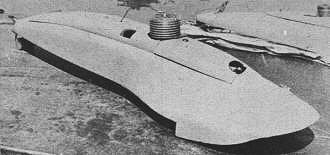
Carved balsa job has plywood bottom, holds B mark with 81.81;
9 1/4-lb craft and engine by Charles Watkins, Chicago MPBC. Length, 3'; beam, 10".
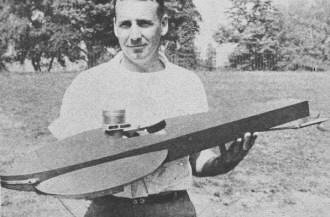
Famous designer is Philadelphia's Walt MacWilliams; former model
race car fan, he electrified MPBC'ers by modifying long-accepted Harry Traband hull
and setting two new records. Traband-MacWilliams hull is now "it." Engine is home-made;
Walt's an expert on Navy steam catapults. Majority of boats are 3-point, surface-propelled
racing hydroplanes that actually operate on 2 points: aft, bottom edge of outside
sponson and prop tip.
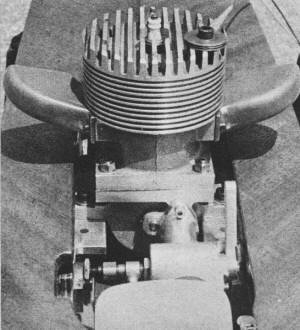
Some hunk of machinery: Max Biederman's home-built "A" mill;
bore is 1.5"; stroke, 1.122"; glow plug used.
|



